The 10 Hottest SSD And Flash Storage Products Of 2020 (So Far)
Flash storage continues to mature as vendors including Dell EMC, HPE, Hitachi Vantara, and Pure Storage adopt the latest technologies including NVMe, low-cost QLC flash, and Intel Optane while using software to help squeeze even more performance.
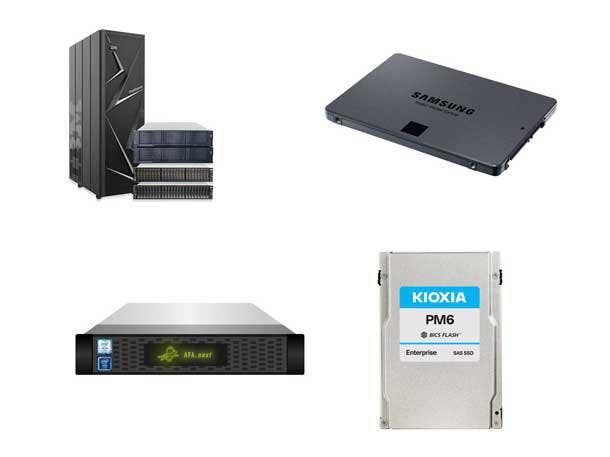
Upping The Performance And Capacity Of Flash Storage
The storage industry is an unusual beast, with untold millions of dollars being invested to increase the performance and capacity of the latest storage technologies even as the storage industry as a whole continues to see total spending fall. IDC in June published its latest Worldwide Quarterly Enterprise Storage Systems Tracker, and reported that the total first quarter 2019 worldwide enterprise storage systems market revenue fell 0.6 percent despite a 14.1-percent growth capacity shipped over last year.
However, the fastest-growing part of the storage industry remains flash storage. IDC estimated that all-flash storage array sales grew 17.5-percent year-over-year to reach about 18.5 percent of total enterprise storage sales.
For solution providers and their customers, new performance-enhancing technologies such as NVMe, and Intel Optane, along with the wider adoption of low-cost QLC flash, are providing ever new choices for storage hardware. And that hardware, when combined in storage arrays, is getting even more performance thanks to new software from the vendors.
To see some of the advances in flash storage technology, turn the page.
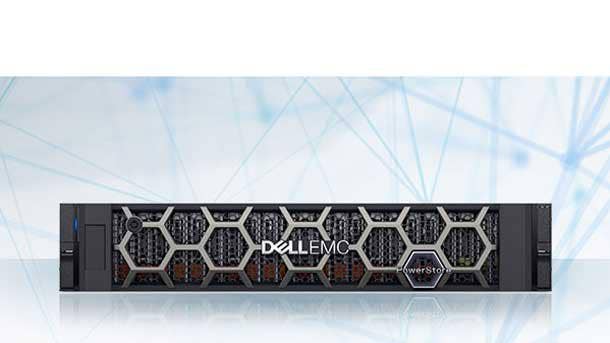
Dell EMC PowerStore
Dell Technologies in May introduced the Dell EMC PowerStore family of all-flash storage arrays as a way to eventually replace several disparate families of storage products in its product line. The Dell EMC PowerStore family features Intel Xeon Scalable processors along with a combination of NVMe flash and dual-ported Inel Optane SSDs and a software stack that includes always-on inline data reduction and automated management. The PowerStore is available in two versions: PowerStore X with ApsON technolgy to host data-intensive and storage applications directly on the array, and PowerStore T with unified block, file, and vVol (VMware Virtual Volumes) data.
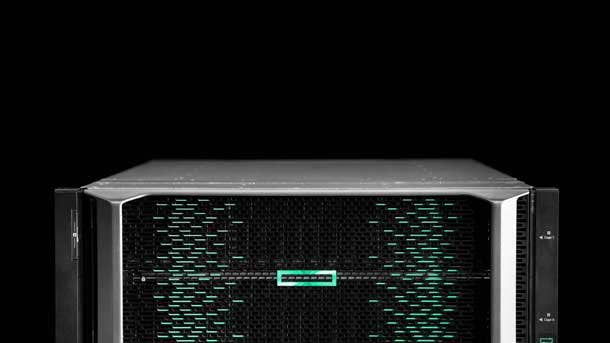
Hewlett Packard Enterprise All-NVMe Primera
The new HPE Primera line of storage arrays, which were initially introduced in 2019 as a way to bring the best of its older 3Par and Nimble storage lines wit the company‘s InfoSight A.I. technology, was in June enhanced with all-NVMe flash storage performance. That brings Primera’s multi-node, all-active architecture, with its ultra-low latency operation, the ability to bring higher performance to enterprise workloads including SAP HANA.
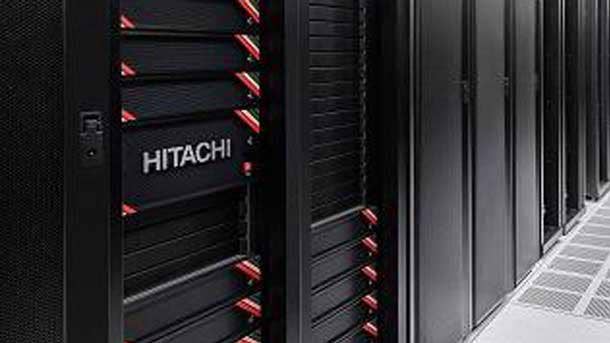
Hitachi Vantara E990 With EverFlex
Hitachi Vantara in April introduced its new Hitachi Virtual Storage Platform (VSP) E990 storage array, calling it the fastest all-NVMe array for midsize enterprises. The VSP E990 features all-NVMe flash storage connectivity for up to 5.8 million IOs per second performance with latencies as low as 64 microseconds. It is server-class-memory-ready, and can be upgraded to NVMe Over Fabric (NVMe-oF),and scale to up to 16.6 petabytes. It comes with the Hitachi Flash Assurance Program, which guarantees 100 percent data availability. Hitachi Vantara also unveiled EverFlex, a new financing program for the company‘s storage technology which lets clients acquire Hitachi Vantara storage however they feel is best, whether it is a purchase, a lease or as a service. EverFlex lets channel partners offer multiple consumption models at the same time.
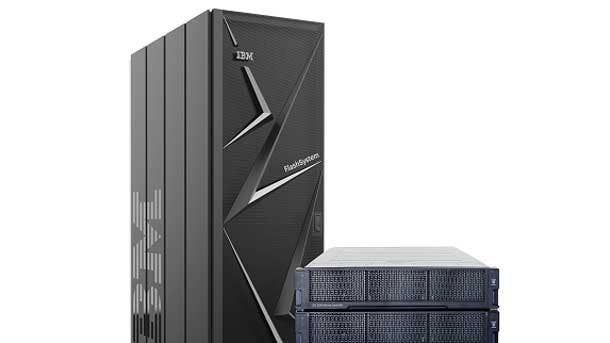
IBM FlashSystem
IBM in February said it would eliminate two of its primary non-mainframe storage lines--Storwize and the Flash Systems A9000--and replacing them with a single new FlashSystem family. The FlashSystem family includes five new storage arrays, all running the same IBM Spectrum Virtualize software platform, which IBM said helps simplify customers‘ entire storage environment by supporting over 500 multi-vendor storage systems, and offering enterprise-class data services and non-disruptive data movement all controlled by a single management plane.
The new IBM FlashSystem family also offers 99.9999-percent availability, full hardware redundancies, and two-site or three-site replication, and provide seamless hybrid multi-cloud support with a a full range of security capabilities. Three of the five models offer NVMe flash and Fibre Channel NVMe host connectivity, high-performance data compression with FlashCore Modules, external storage virtualization of non-IBM storage, and expandability with storage class memory.
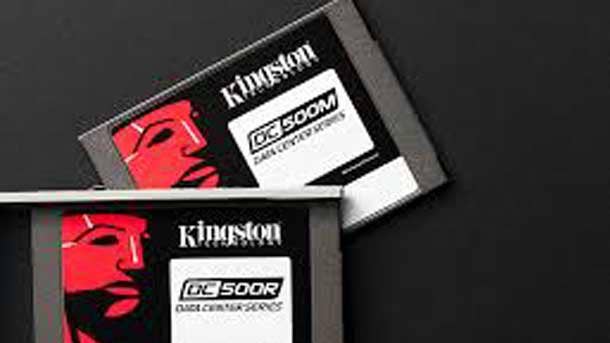
Kingston DC500 Data Center SSDs
Kingston Digital, the flash memory affiliate of Kingston Technology, in May began shipping the 7.68-TB model of its Data Center 500R (DC500R) and 450R (DC450R) SATA SSDs. The U.2 NVMe version, the DC1000M, started shipping in June. The new DC500R SSDs were designed for read-intensive applications such as web servers, virtual desktop infrastructure (VDI), operational databases, and real-time analytics, while the DCR450R focus on read-intensive applications in content-delivery networks, edge computing applications, and software-defined storage architectures. The DC100M features a hot-pluggable U.2 form factor for integrating in new servers and arrays with PCIe and U.2 backplanes. They are all backed by a limited five-year warranty with free technical support.
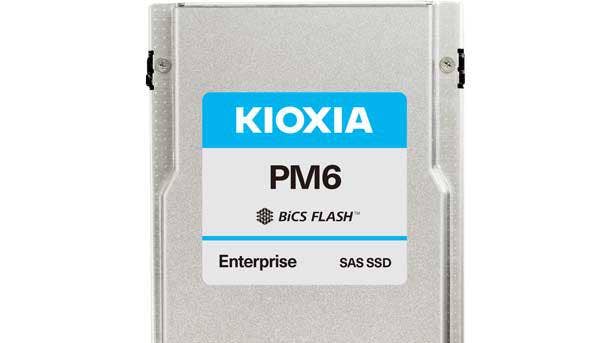
Kioxia 24G SSD
Kioxia America, formerly known as Toshiba Memory America, in June unveiled its PM6 sixth-generation enterprise SAS SSD family built on 24G SAS technology, a new standard aimed at meeting the performance requirements of PCIe Gen 4-based servers and arrays, which doubles the bandwidth of PCIe Gen 3. The PM6 features Xioxia‘s 96-layer BiCS FLASH 3D TLC flash memory, and offers SAS SSD sequential read performance of up to 4,300 MBs per second, or more than double the performance of existing SAS drives, the company said. The 2.5-inch form factor SSDs are available in capacities of up to 30.72 terabytes. They are available in versions optimixed for read-intensive, write-intensive, or mixed use, and can be configured with optional security capabilities including self-encryption and FIPS 140-2 certification. The new drives are now available for testing.
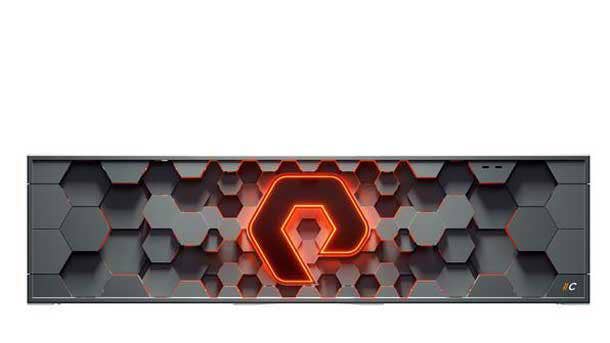
Pure Storage FlashArray
All-flash storage array developer Pure Storage in June updated the storage software for its FlashArray series of storage systems to give it unified block and file capabilities along with the ability to do continuous replication of data for active disaster recovery. With its new Purity 6.0 storage software for its FlashArray family, Pure Storage brought the product line new security, access and mobility capabilities. Prior to the storage software update, FlashArray was targeted at block-based data, but Pure Storage‘s April 2019 acquisition of Compuverde gave the company a proven enterprise file protocol stack that became the key to adding file data capabilities to Purity 6.0.
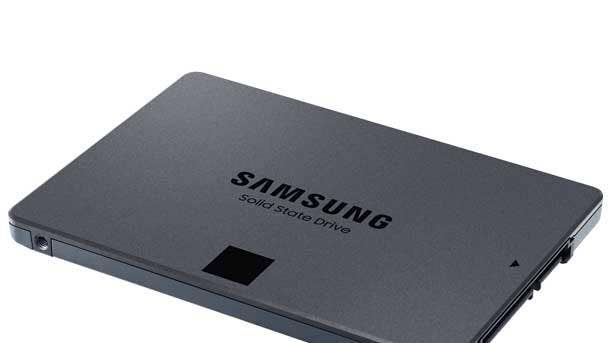
Samsung 870 QVO
Samsung Electronics America in late June introduced its second-generation QLC flash drive, the 870 QVO SATA SSD, targeting high-capacity consumer storage requirements with a capacity of up to 8 TBs. The 870 QVO offers sequential read speeds of up to 560 MBs per second and sequential read speeds of up to 530 MBs per second. Their Intelligent TurboWrite technology features a large variable SLC flash-based buffer to help maintain peak performance levels. The come with new versions of Data Migration and Magician 6 software with new capabilities for better upgrading, management, and optimizion ease, as well as an endurance rating of up to 2,880 terabytes written, or a three-year limited warranty.
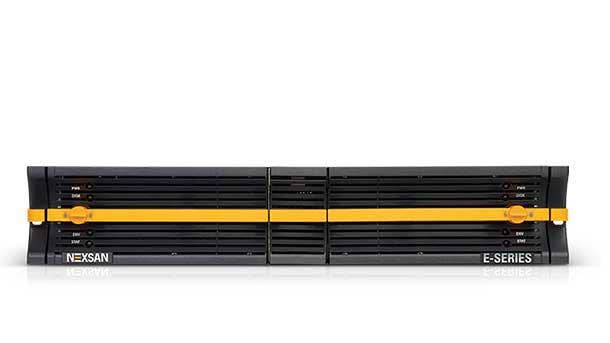
StorCentric Nexsan E-Series 32F Storage Platform
StorCentric‘s Nexsan business unit in May launched its new E-Series 32F storage platform which takes advantage of low-cost, high-density QLC SSD technology which results in an array which offers up to 245 TBs of storage using QLC SSD drives in 2U of rack space. The E-Series 32F can also be configured with up to 491 TBs TLC SSD drives. They support Nexsan’s E-Flex Architecture which lets users select up to two of any of four expansion systems available to expand to over 2 petabytes. The arrays, which are available in Fibre Channel or iSCSI configurations, are targeted at high capacity, performance-sensitive workloads including real-time analytics, machine learning, artificial intelligence, big data, media content delivery, and user authentication.
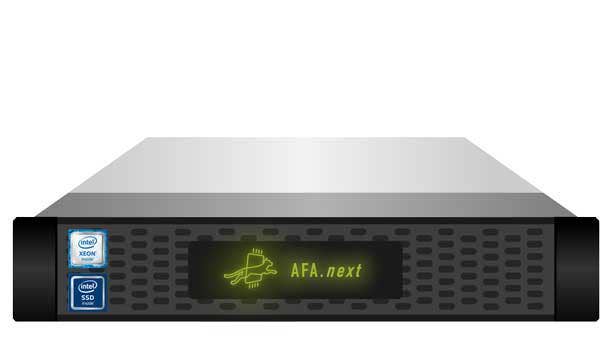
StorOne AFAn
Software-defined storage technology developer StorOne just started shipping a new version of its software that, in combination with Intel servers and storage devices, will bring the power of the Intel Optane platform to enterprise users. StorOne and Intel collaborated on developing the All-Flash Array.next, or AFAn, which combines Intel servers, three to eight high-performance Intel Optane storage, and low-cost Intel QLC SSDs with StorOne‘s S1 software. The software writes data directly to the Optane tier, and not to a separate cache tier. The data is stored on high-performance Optane as long as needed, after which it is automatically moved to the low-cost QLC flash storage tier.